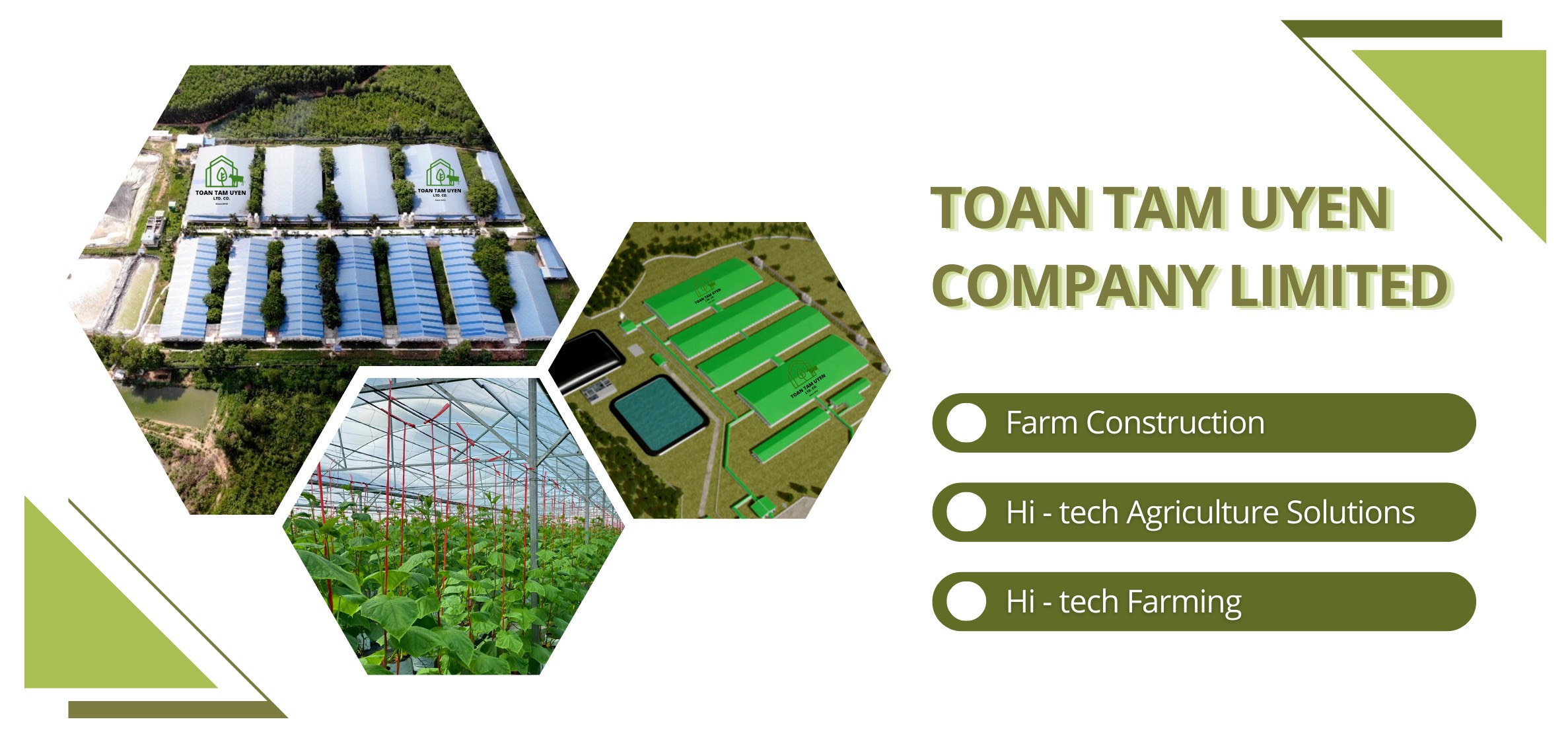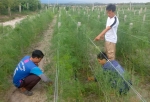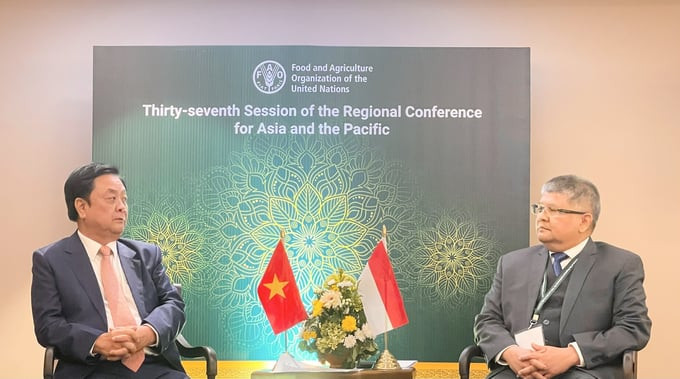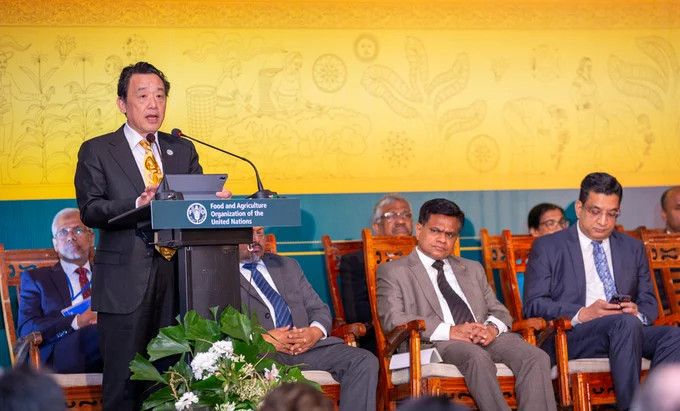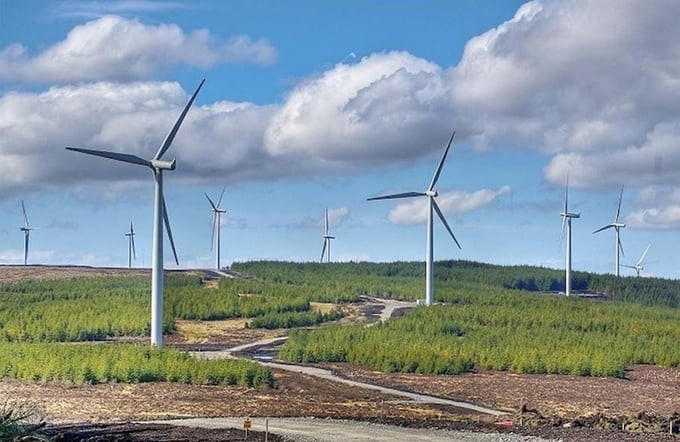Experience of development high agriculture in India
Before the 1960s, India had an underdeveloped agriculture. Since then, the country's agricultural industry has had breakthrough directions, starting with the first green revolution first initiated in 1963, focusing on agricultural technology development with the introduction of seeds. high productivity, especially in planting, promoting the application of technology such as the use of more advanced machinery, irrigation and fertilizer techniques in the input stage of agricultural production. This revolution has achieved many encouraging results thanks to favorable conditions in the application process, such as the development of irrigation works, the availability of new fertilizers and especially the new government policies such as: Subsidies to buy fertilizers, pesticides and irrigation investments, electrification of rural areas, expansion of the road network and the establishment of rural credit institutions .
Illustration, Internet source
On the basis of the success of the first green revolution, India continues to implement the second green revolution, including the application of new technologies and farming techniques for high yield, good quality, expansion provide inputs and services to farmers. After 5 decades of implementing the green revolution, Indian agriculture has been given a new color, bringing the country from a food deficit to being self-sufficient, significantly changing the lives of the people of this country. .
Besides the green revolution, India also carried out the White Revolution (milk production) in the 70s of the last century, creating a great change in animal husbandry. Notably, this revolution has made India one of the leading milk producers and exporters in the world in the early years of the 21st century (from 17 million tons in 1951, to 81 million tons in 2015). 2000, 91 million tons in 2005 and 96.1 million tons in 2006). Up to now, India's specific milk production model has been studied by many developing countries.
Also during the implementation of the agricultural revolution, at the end of the 20th century, India began the first comprehensive economic reform, in which agriculture was considered a key sector. Accordingly, a series of measures have been applied by the Government, in which the application of new farming technologies and techniques to agriculture is the leading factor and plays an important role in increasing food production. .
Entering the 21st century, the Government of India continues to carry out economic reforms in the agricultural sector for the second time, announcing a new agricultural policy with the main contents: Increasing investment in agriculture; Prioritize rural electrification and irrigation; Eliminate subsidies in agriculture and promote international cooperation in agriculture...
To achieve the goals set out in the new agricultural policy, India has introduced investment policies to develop high-tech agricultural production, including:
Expanding access to modern technologies. India has extended access to cost effective modern technologies,especiallyagricultural biotechnology to make a huge impact on production costs and prices on agri-commodities . At the same time, applying advancedmachines tools into production agriculture helps to increase productivity. Building a refrigeration system, transport chain to the market to ensure the quality of products to hands consumers and reduce loss to the minimum.
Information technology for agriculture. Government of India uses digital and mobile technologies to develop agricultural information support service for farmers. In addition, the scientists also developed a mobile application “rice expert” to provide information to farmers on issues related to diseases, rice varieties, agricultural tools... Especially, In April 2016, India launched the Electronic National Agricultural Market (e-NAM), which integrates 585 wholesale markets across India. In addition, India has been developing an electronic farm network (eFarm) that helps consumers reduce worries about storing agricultural products.
Training high quality human resources. Since the mid-twentieth century, India has seriously trained high-quality human resources to serve modern agriculture. In this country, agricultural universities exist in all 25 states and 7 territories under the central government, in which the famous Central Rice Research Institute (CRRI) has been elevated to the National Rice Research Institute. family.
Invest in market demand research and infrastructure. India promotes research on market demand in importing countries, plans accordingly in terms of quantity and quality, and has a policy to support long-term prices for aquaculture, livestock, and other industries. traditional products, horticultural products and processed. In addition, increase investment in infrastructure development for post-harvest management, including widening highways and improving rural roads.
Support farmers in creating product consumption markets. Implementing this policy, India has developed and upgraded Gramin Farmers Markets (GrAMs) that are electronically linked to e-NAM, to support farmers who don't have the ability to transact directly at APMC (Committee market agricultural production) and other wholesale markets. Along with that, India launched the "Green Campaign" to help bring farmers closer to the market through logistics, processing facilities and professional management, to address the challenge of price fluctuations of the farmers. agricultural products. Besides, there are a series of policies such as: Minimum support price; Price support scheme; The market intervention scheme to adjust the supply in the market...
With creative ways of doing things, the agricultural sector has made strong changes, leading to the improvement of other sectors of the economy, contributing to the GDP growth of India by more than 7% per year.
Lessons learned for Vietnam
From India's successes in promoting agricultural production, lessons can be drawn for Vietnam's high-tech agricultural development. In the coming time, in order to vigorously apply high technology to agricultural production to be more effective and help improve labor productivity in agriculture, Vietnam needs to have the following solutions:
Firstly, increasing investment in research and technology transfer (Science and Technology). Currently, public investment in research, science and technology transfer and technology development in our country's agriculture is still quite low. According to data from the Ministry of Science and Technology, the total expenditure on science and technology from the State budget in 2015 was nearly 17.4 billion VND, accounting for only 0.41% of the country's GDP. This level of expenditure is much lower than other countries in the world and even compared to countries in the same ASEAN region. This requires Vietnam to give more priority to investment in research and application of science and technology for the agricultural sector and agricultural support services; shift the focus of science and technology policy of the agricultural sector from the main investment in research and development activities to the focus on investment in commercialization of research and development results.
Second, "need to focus on information technology" in agriculture. In the 2016-2020 period, the total funding for the implementation of the Program, the National Target's Information Technology, is VND 1,520 billion, of which the "investment and development" from the central budget is VND 844 billion, and the non-business capital from the central budget. is 273 billion VND, and the "capital" for investment and development from the "local" budget is 403 billion VND. However, this "number" has not yet "met" the "needs" of development, especially in the "boom" period of the "industrial revolution 4.0". As for the ranking of the World Economic Forum year 2015, out of the total of 143 countedcountries, Vietnam ranked 85 innetwork readiness index. Therefore, it is necessary to give priority to public investment in the development of connectivity infrastructure, as well as more effective deployment of public-utility telecommunications services, enhancing the application of new, modern, and quality "connection" technologies. high, ensure safety , bring applications of IT from urban to rural.. Along with that, it is necessary to support the 'trade villages', 'concentrated' production zones, and 'manufacturing' households, businesses, and applications of information technology in the management of goods and services, as well as in the promotion of their products on the internet.
Third, promote investment in agricultural extension work. Agricultural extension officers play an important role, acting as a bridge between scientists and farmers and accompanying farmers to build many high-tech agricultural models. The agricultural extension system with training methods and technology transfer will change the way farmers think and do; encourage and assist them to apply new technologies in production. However, at present, investment resources for agricultural extension are increasing but still limited. By the end of 2016, the total funding for agricultural extension at central and local levels was only approximately 238 billion VND, which means that each farmer household is invested about 27,700 VND/household/year on average. in some agricultural countries in the region such as Thailand, Malaysia, the Philippines, Indonesia, etc. is 50-80 USD/household/year.
Fourth, training resources human resources for agriculture applied high technology. In fact, the "professional" level of labor in the rural area is still "quite low" while the system, the training program, is still "outdated" and has not yet met the needs of the renewal of agriculture. In order to train high-quality human resources for high-tech applications in agricultural production, it is necessary to first innovate vocational training methods, invest in facilities, compile advanced content update curriculum, update update the achievements of science technology agriculture. Human resource training should be combined with the human resource management mechanism of science and technology in the direction of creating the labor market in science and technology activities.
Fifth, establish product consumption market. In agricultural production, finding output for products is an important issue. To avoid the situation that farmers "have a good harvest" or the current rescue of agricultural products, Vietnam needs to have a policy to support prices, support interest rates or encourage investment in infrastructure. improving traffic, applying information technology in agricultural product consumption./.
MSc. Vu Thi Thuy Hang
Forestry University



